Navratri – The Festival of Spiritual Enlightenment and Devotion
02 Oct
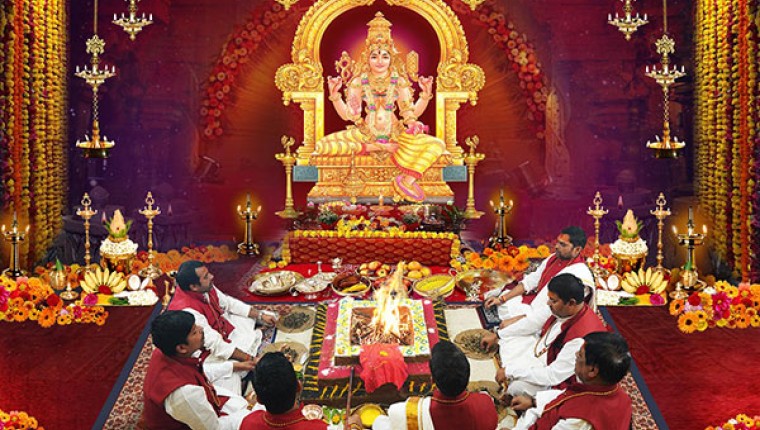

"Ya Devi Sarvabhuteshu Shakti Rupen Sansthita..."
Navratri, derived from the Sanskrit words "Nava" (nine) and "Ratri" (night), is one of the most cherished Hindu festivals celebrated across India. This vibrant festival spans nine nights, each dedicated to a distinct avatar of Goddess Durga, symbolizing the victory of good over evil. Celebrated twice a year, during Chaitra (March/April) and Sharad Navratri (September/October), Navratri invokes deep spiritual connection and devotion among devotees.
Navratri Celebrations Across India
Navratri’s grandeur is reflected in its diverse celebrations across various regions of India:
- Eastern India & Northeastern India: Navratri merges with Durga Puja, where Goddess Durga’s victory over the demon Mahishasura is celebrated. Massive pandals and artistic depictions of Durga slaying Mahishasura dominate the festivities.
- Western India (Gujarat): The state comes alive with Garba and Dandiya Raas, traditional dance forms performed after the evening Aarti (devotional prayers). The rhythmic dance, performed in colorful attire, is synonymous with Navratri in Gujarat.
Regardless of the regional differences, the core values of Navratri remain constant: celebrating the triumph of good over evil and honoring the divine feminine energy.
Common Rituals of Navratri
Devotees engage in various rituals throughout Navratri to seek blessings:
- Fasting: Many Hindus fast for the entire nine days, consuming fruits and
- Common Rituals of Navratri
- Aarti & Puja: Every day, devotees perform special pujas and Aartis to worship different forms of Durga.
- Visiting Pandals: Families visit beautifully decorated pandals (temporary stages) that house elaborate Durga idols.
- Dance and Music: Traditional dances such as Garba and folk music are performed in honor of Goddess Durga.
- Dusshera (Vijayadashami): The festival concludes with Dusshera, commemorating Lord Rama’s victory over the demon king Ravana, signifying the destruction of evil forces.
The Nine Forms of Durga
Each of the nine days of Navratri is dedicated to a different form of Goddess Durga, known collectively as Navadurga:
- Day 1 – Shailputri: Representing nature, Shailputri is the daughter of the mountains (Parvati), and is worshipped for her strength and courage.
- Day 2 – Brahmacharini: This form of Durga is a symbol of penance and devotion, representing Goddess Parvati in her ascetic form.
- Day 3 – Chandraghanta: Known for peace and tranquility, she represents the married form of Goddess Parvati.
- Day 4 – Kushmanda: The goddess of cosmic energy, she is believed to be the creative force behind the universe.
- Day 5 – Skandamata: She is worshipped as the mother of Lord Skanda (Kartikeya), symbolizing motherly affection and protection.
- Day 6 – Katyayani: The warrior goddess, she is revered for her role in killing Mahishasura, the buffalo demon.
- Day 7 – Kalaratri: The fiercest form of Durga, she is believed to have removed her fair skin to destroy demons Shumbha and Nishumbha.
- Day 8 – Mahagauri: Symbolizing purity and wisdom, Mahagauri brings peace and tranquility to her devotees.
- Day 9 – Siddhidatri: On the final day, devotees worship Siddhidatri, the giver of perfection and spiritual powers (Siddhis).
Spiritual Significance of Navratri
Navratri is more than just a festival; it’s a journey of spiritual awakening. Each form of Goddess Durga represents a facet of life, empowering devotees to overcome inner demons such as ego, greed, and ignorance. Fasting during these nine days cleanses the body and mind, preparing one for spiritual enlightenment.
In Hindu philosophy, Shakti (divine feminine energy) plays a pivotal role in sustaining the universe. Worshipping Goddess Durga during Navratri rejuvenates the inner self, bringing prosperity, peace, and strength to face life's challenges.
Tips to Maximize Your Navratri Experience
- Follow a Clean Diet: Focus on consuming sattvik food to detoxify and purify your body.
- Participate in Garba, Dandiya, and Durga Puja: Engage in the festive spirit by participating in Garba and Dandiya, traditional dance forms that embody joy, devotion, and community bonding. Additionally, visiting Durga Puja pandals allows you to witness the grandeur of Goddess Durga’s idol and the deep cultural reverence associated with her.
- Meditate Daily: Meditation helps align the body, mind, and soul, drawing one closer to the divine energy.
- Connect with Family: Navratri is a great time to strengthen familial bonds and offer prayers together.
Conclusion
Navratri is a time to rejoice, reflect, and renew one’s spiritual journey. As the divine energy of Goddess Durga prevails over evil, may these nine days inspire you to conquer your inner challenges, purify your thoughts, and emerge victorious in your life’s battles.
Celebrate this Navratri with devotion, and let the blessings of Maa Durga bring joy, health, and success to your life.
Jai Mata Di!

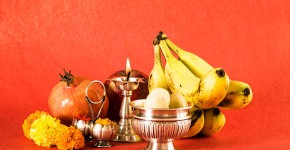
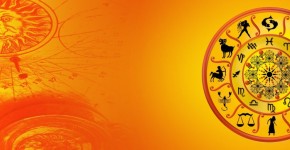
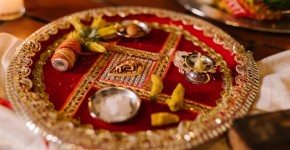
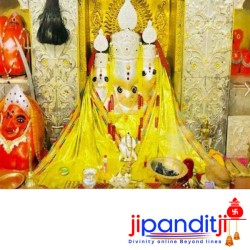
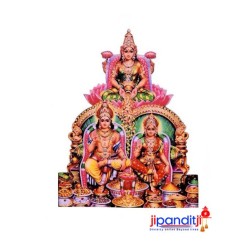
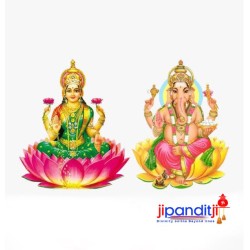
Leave a Comment